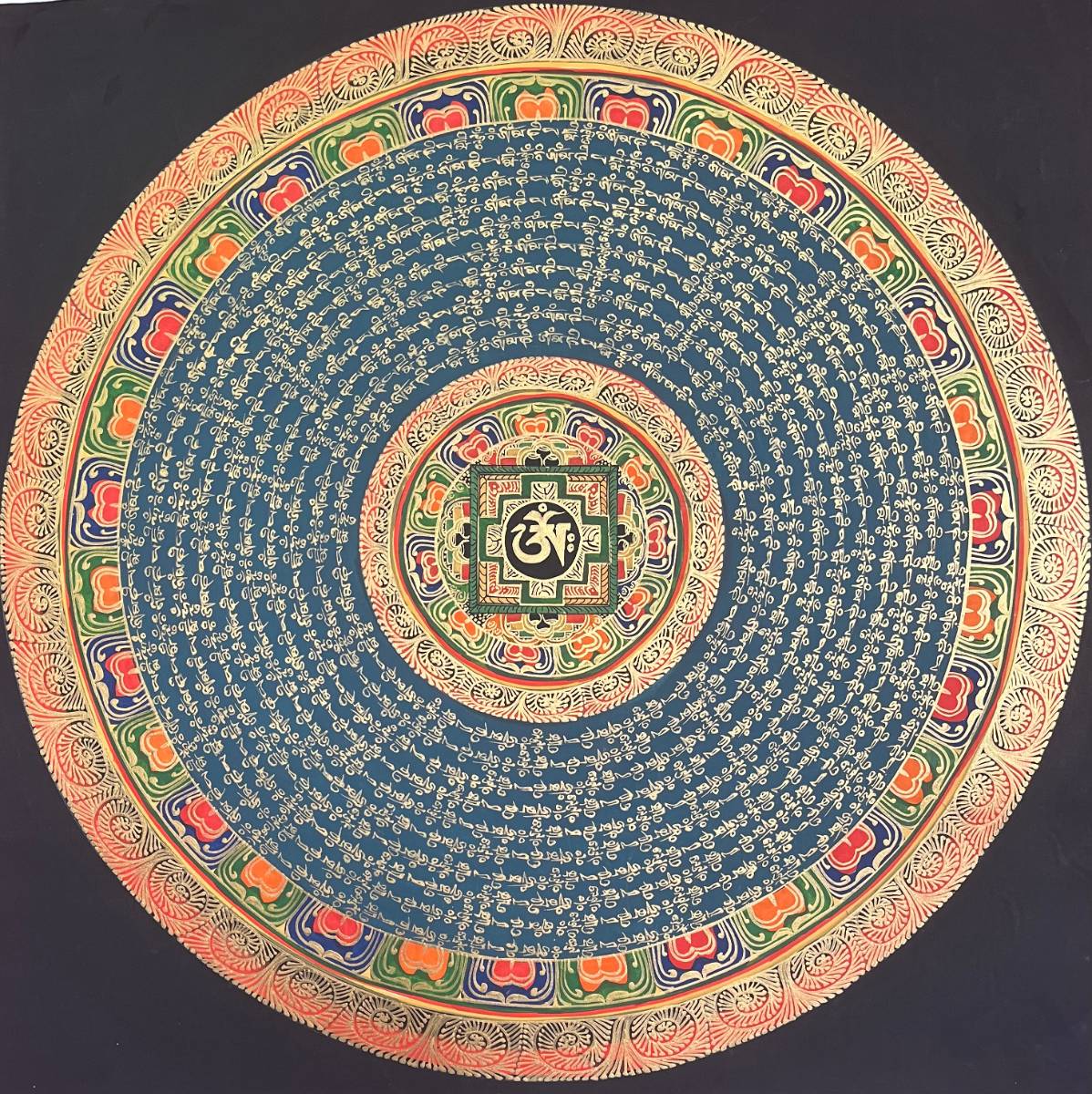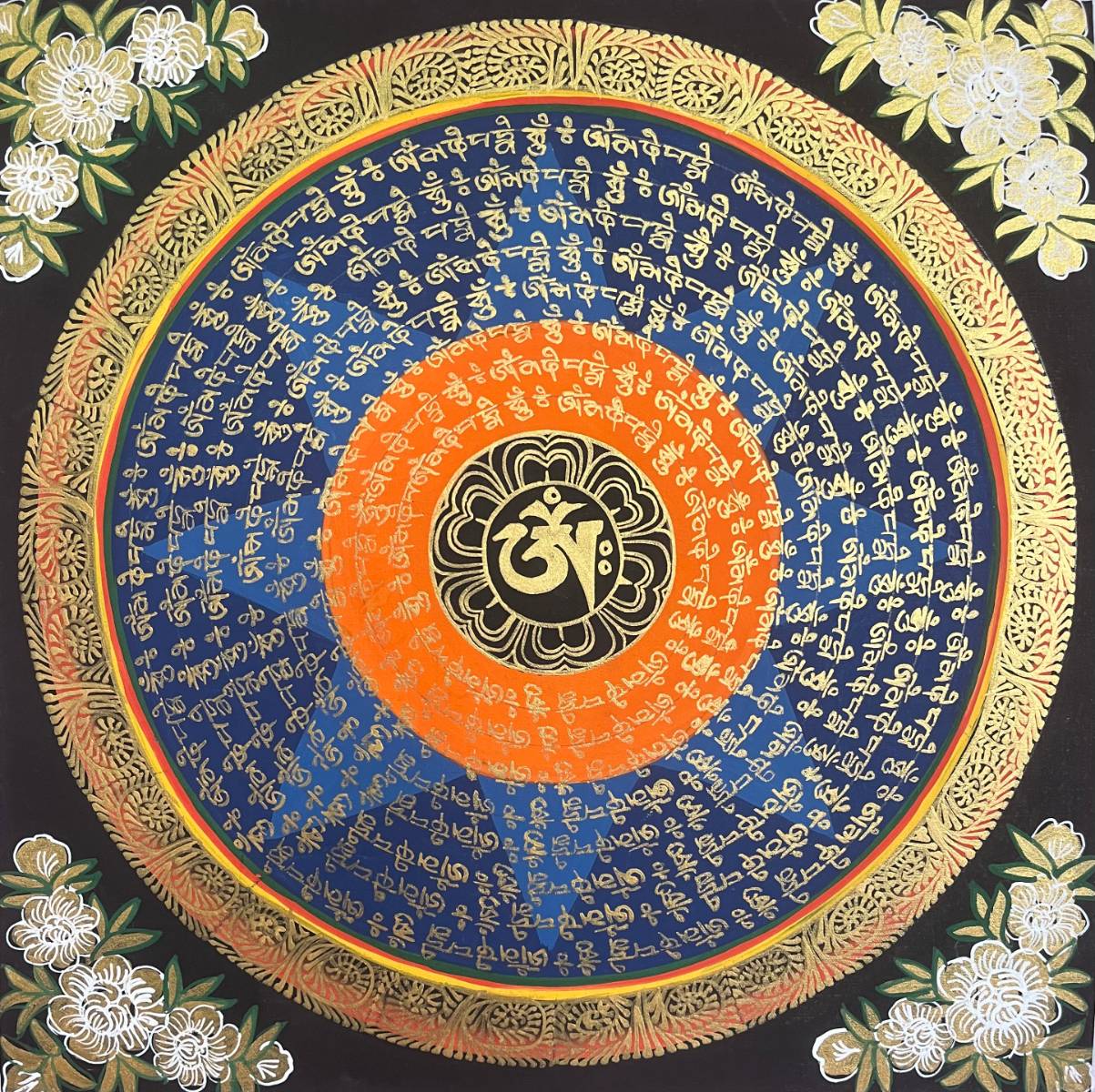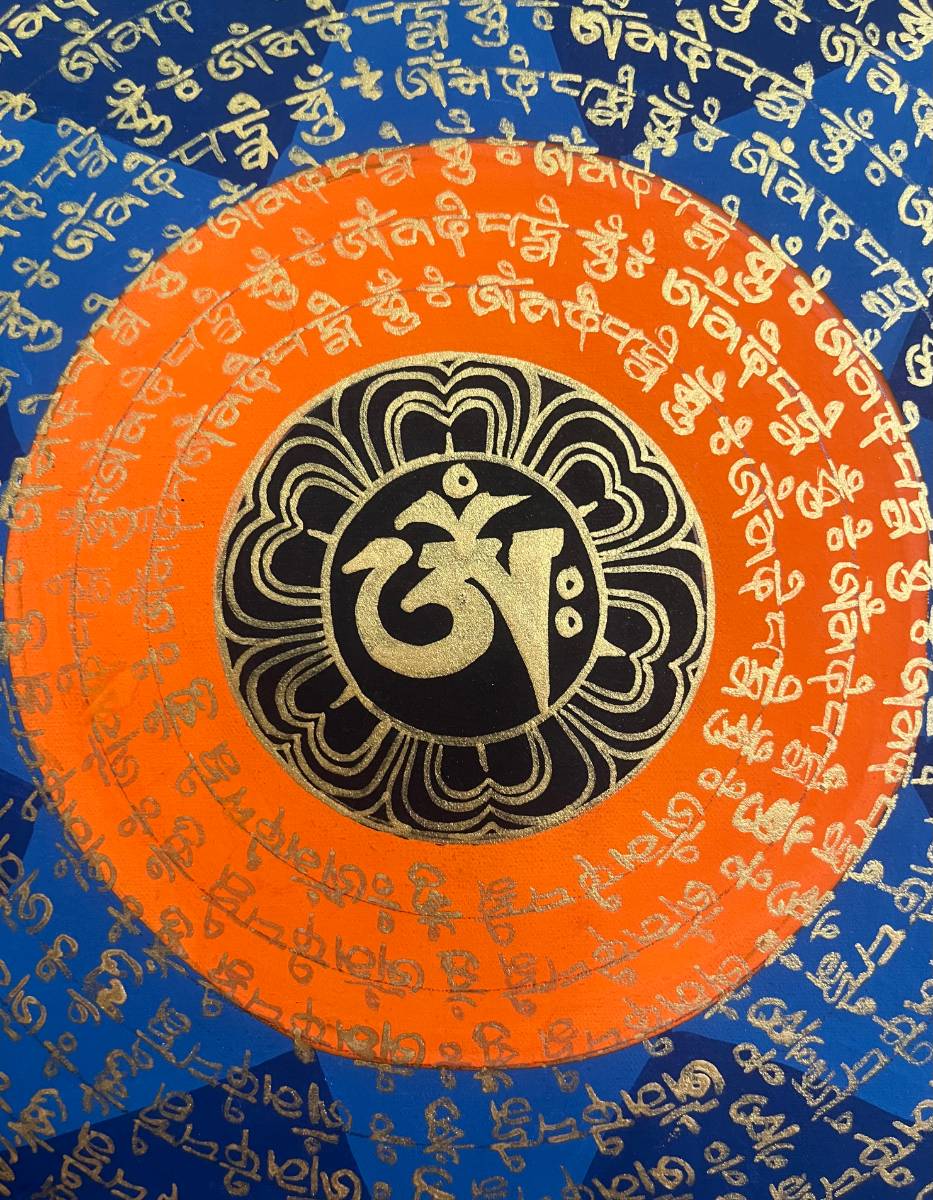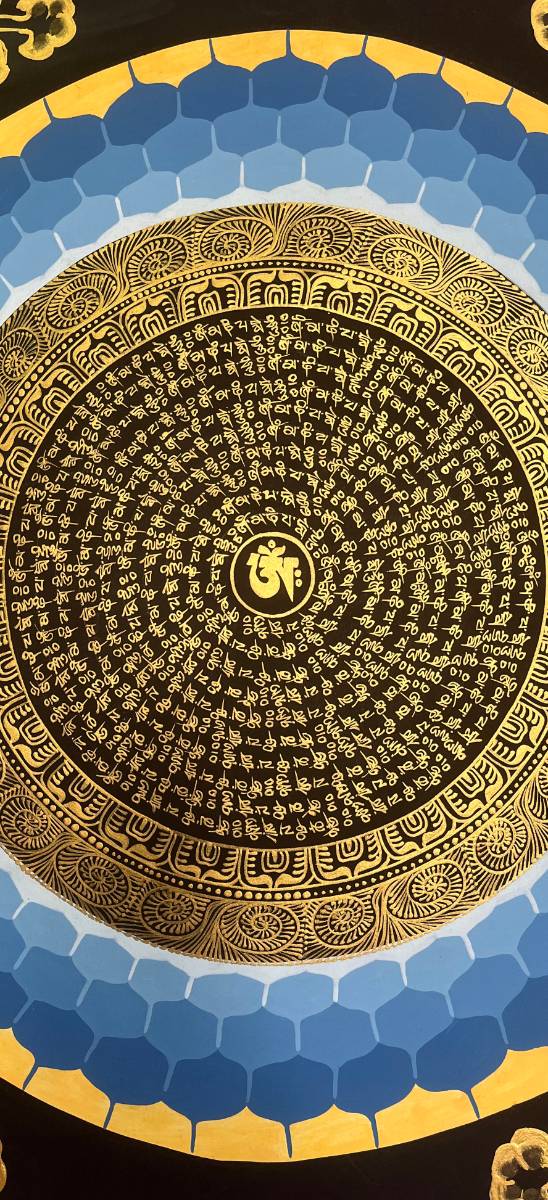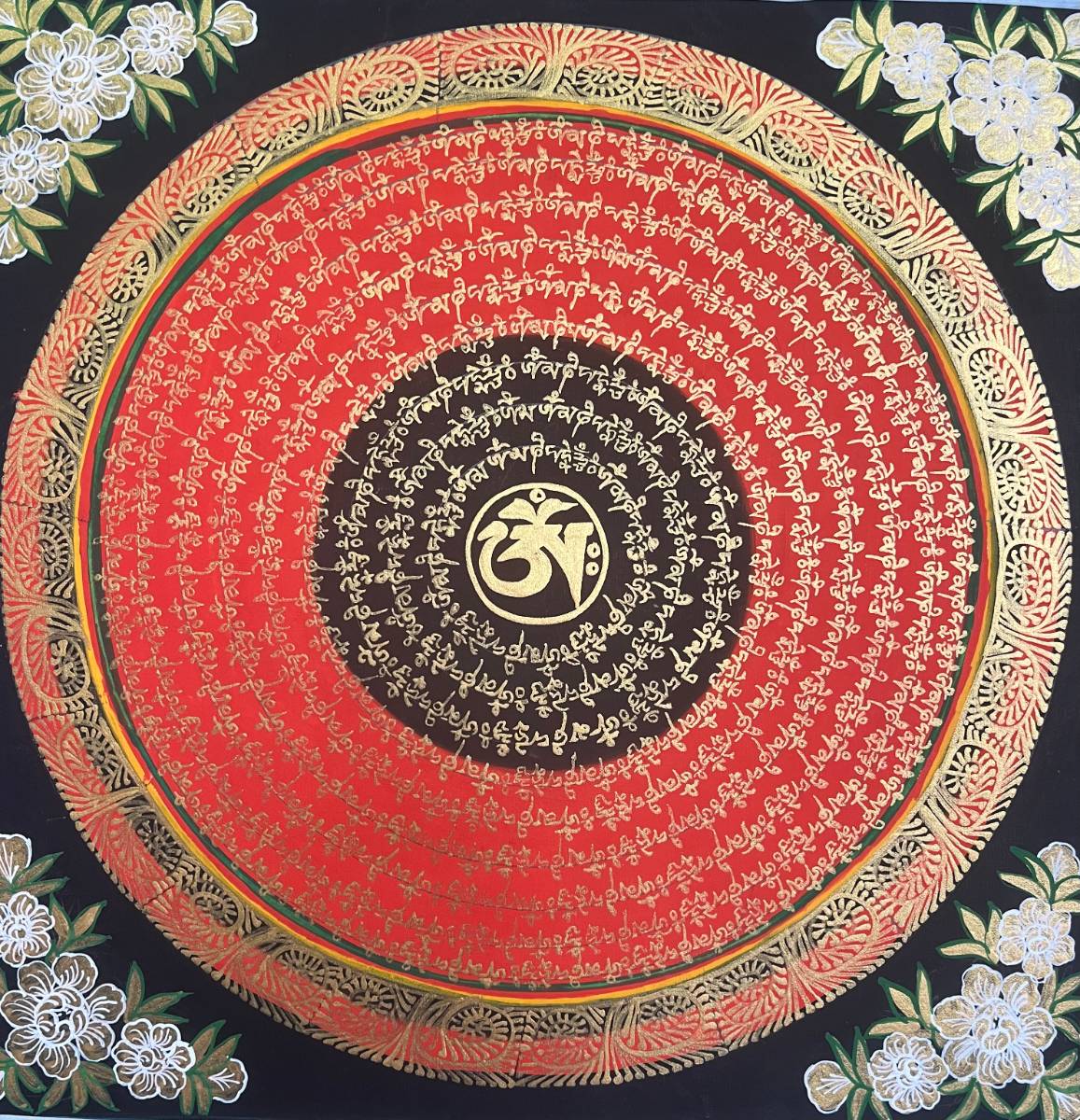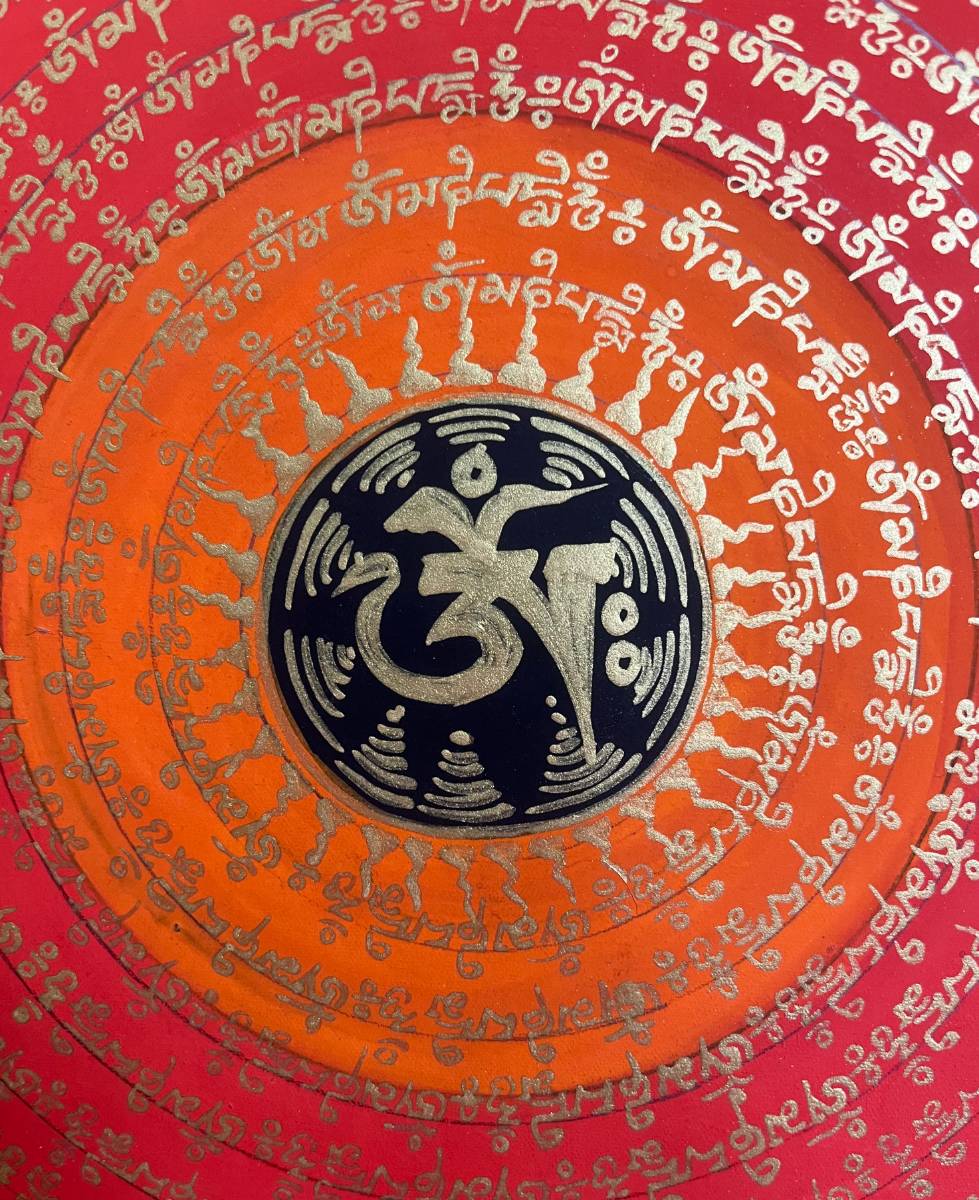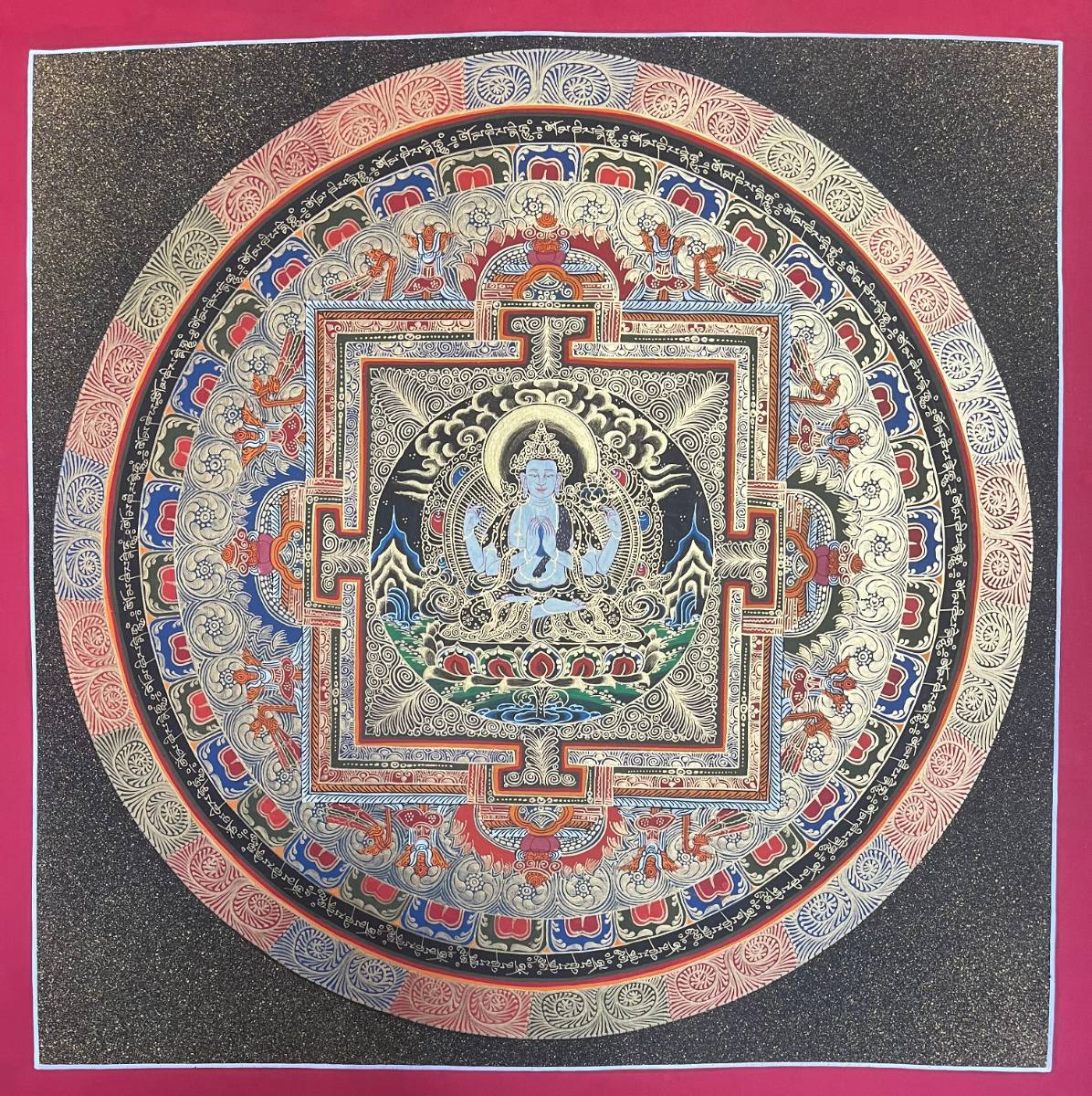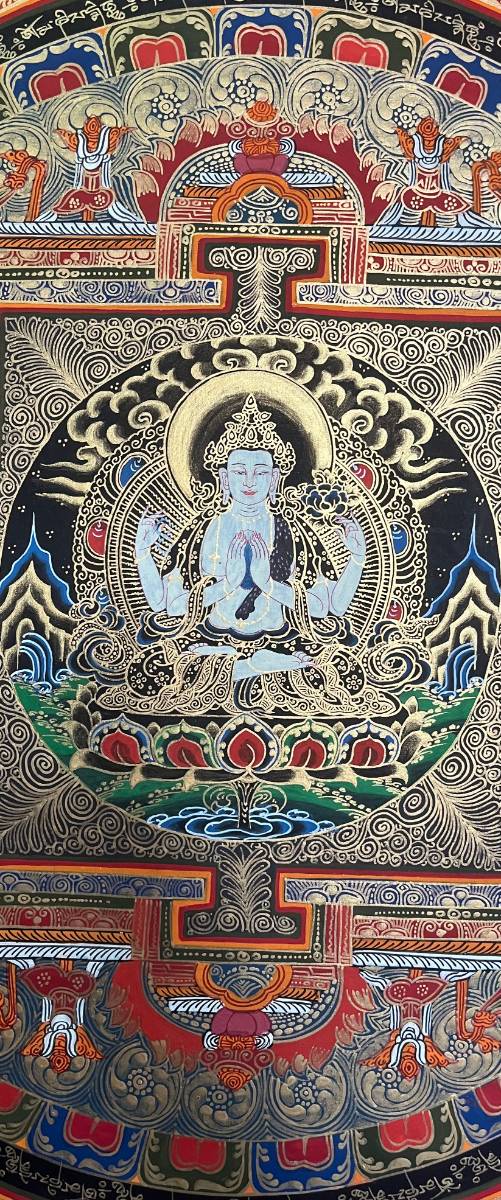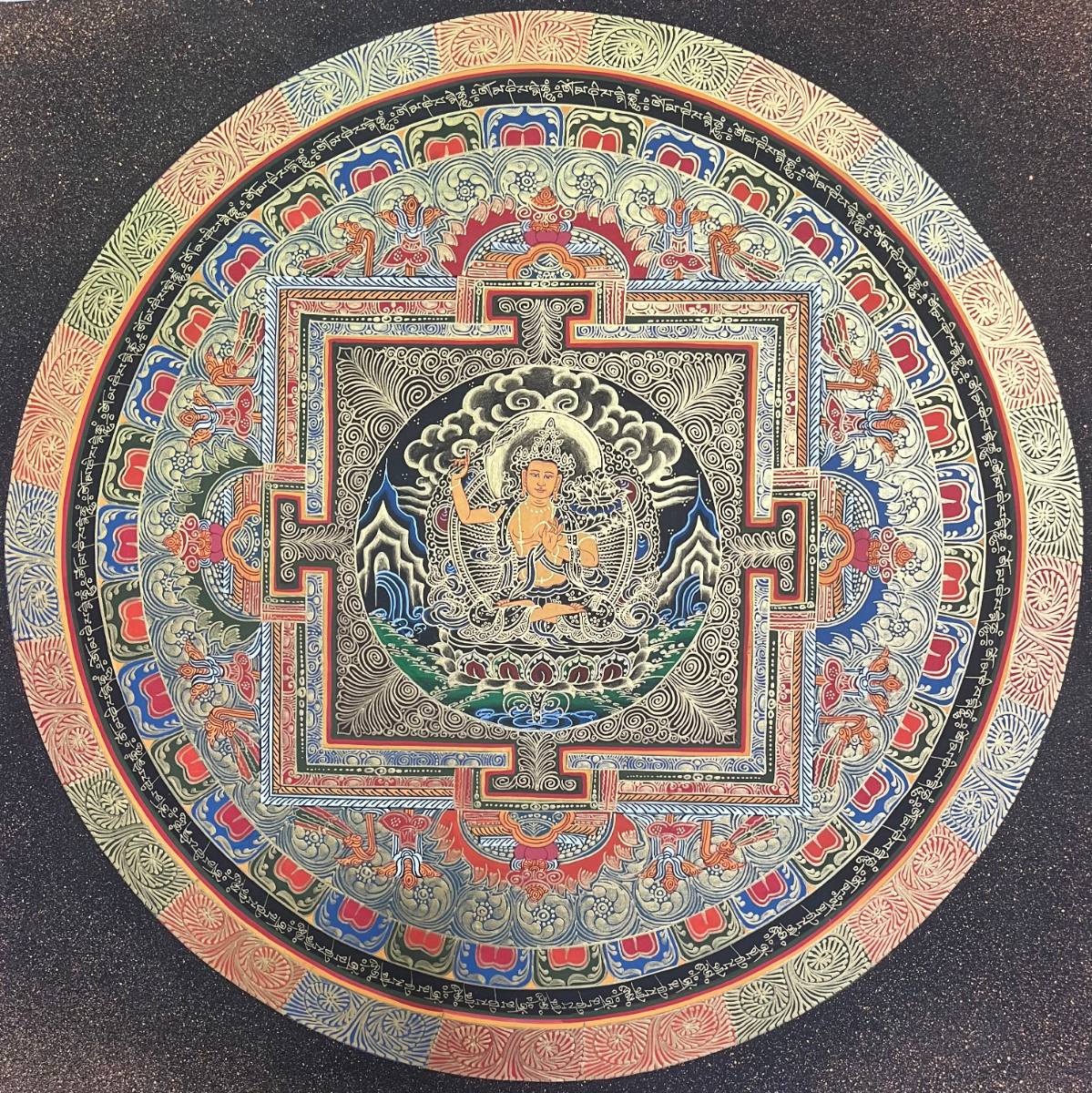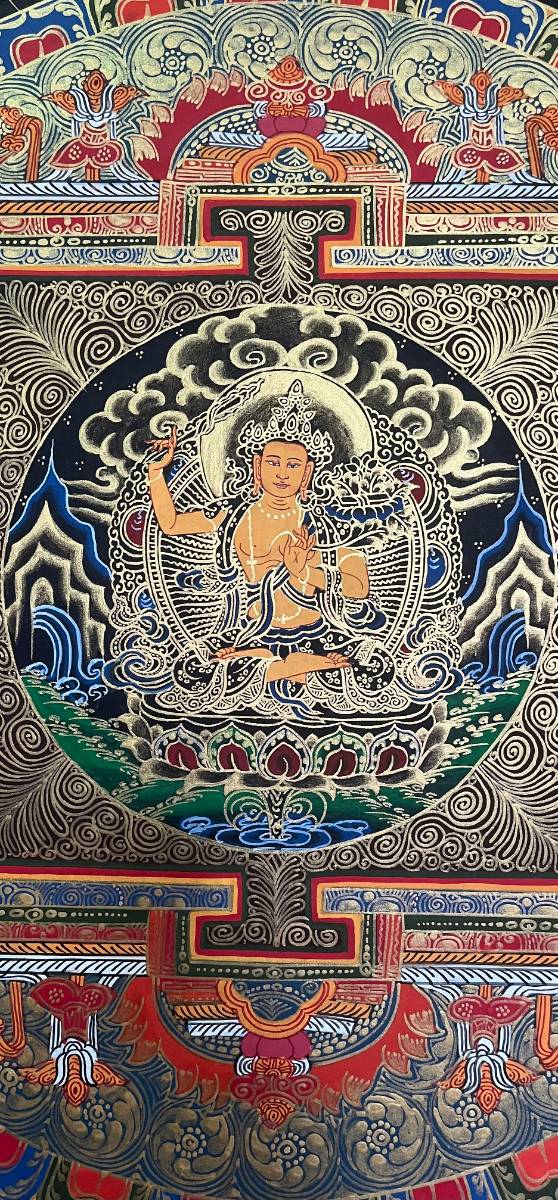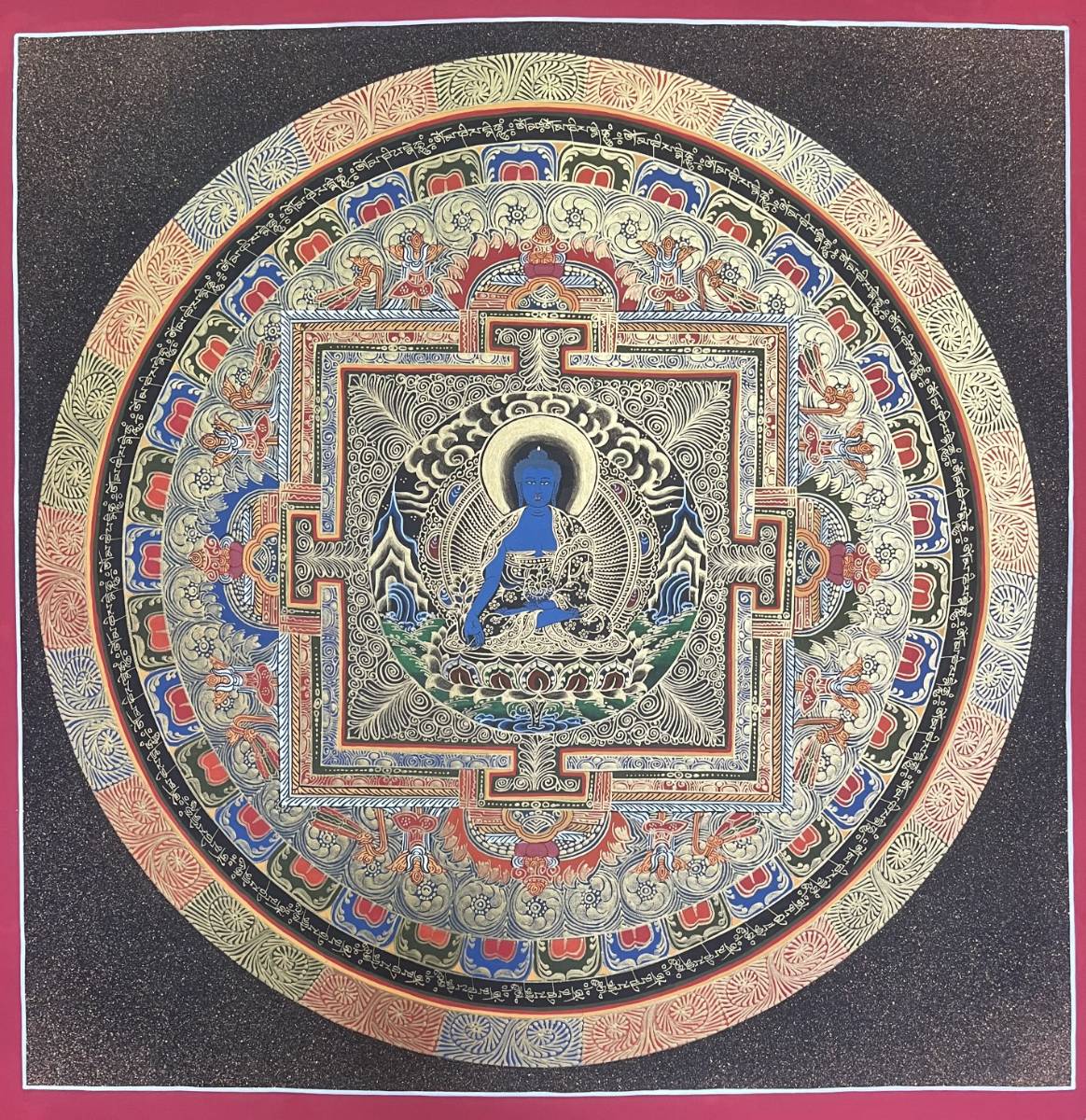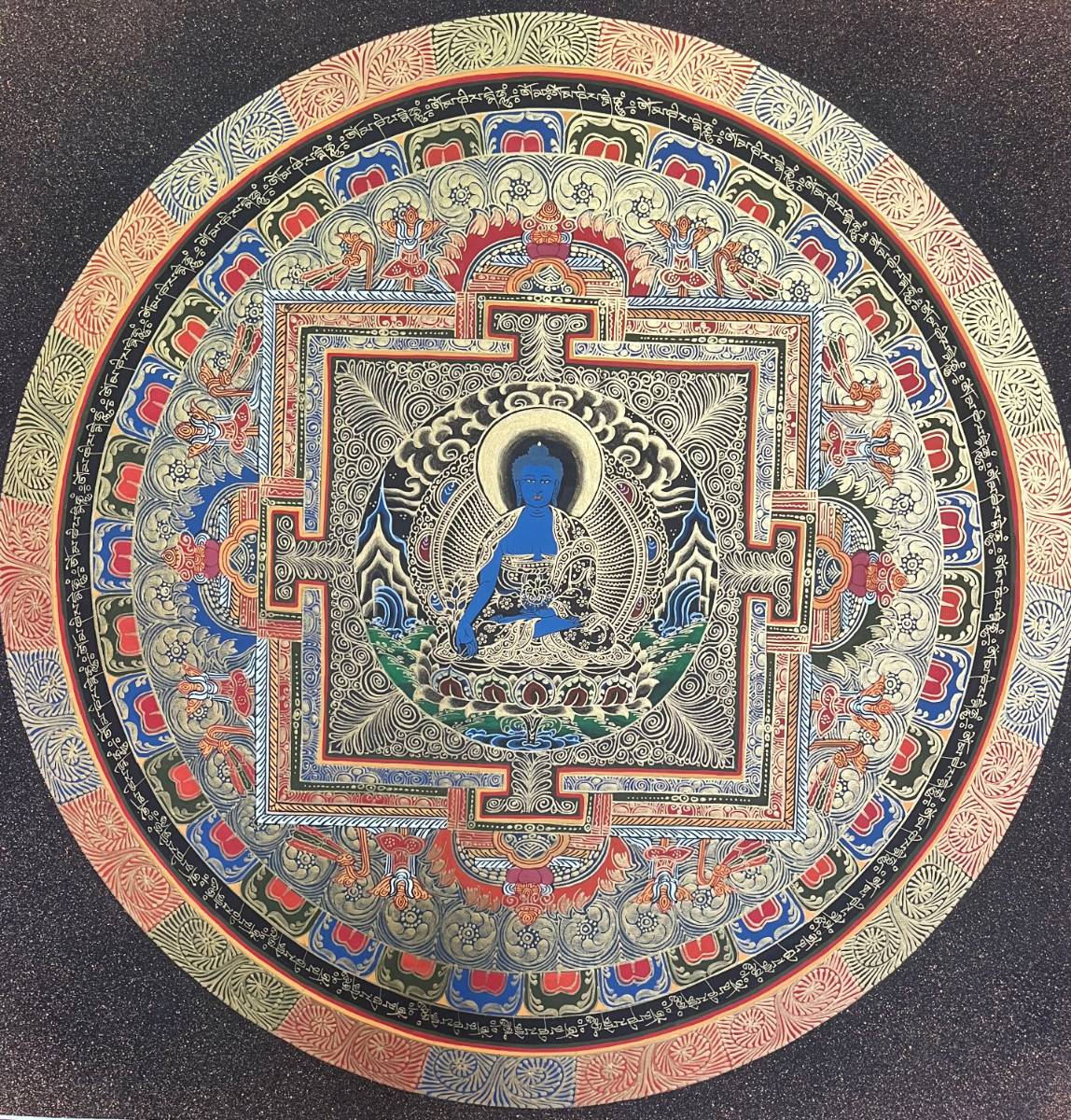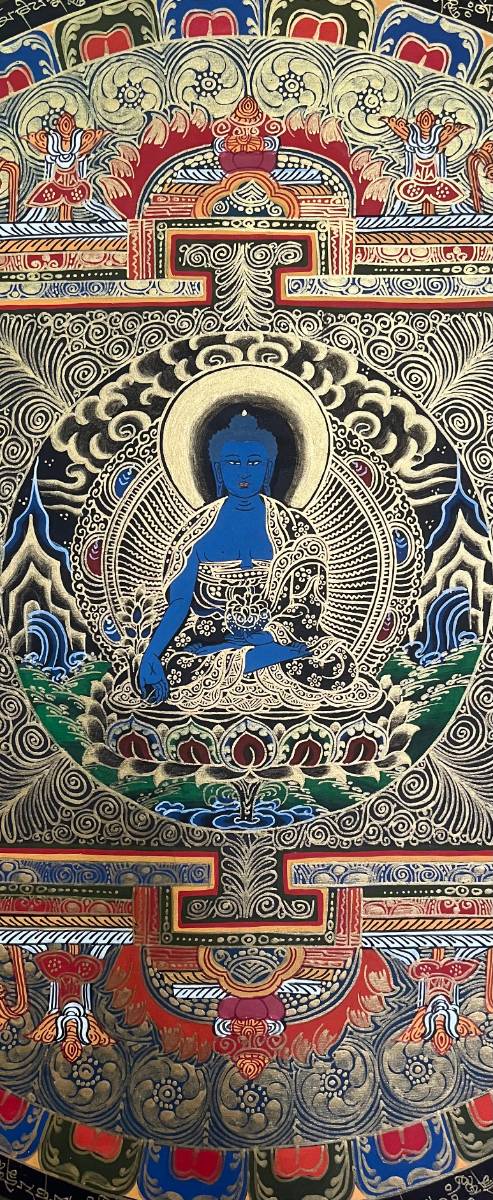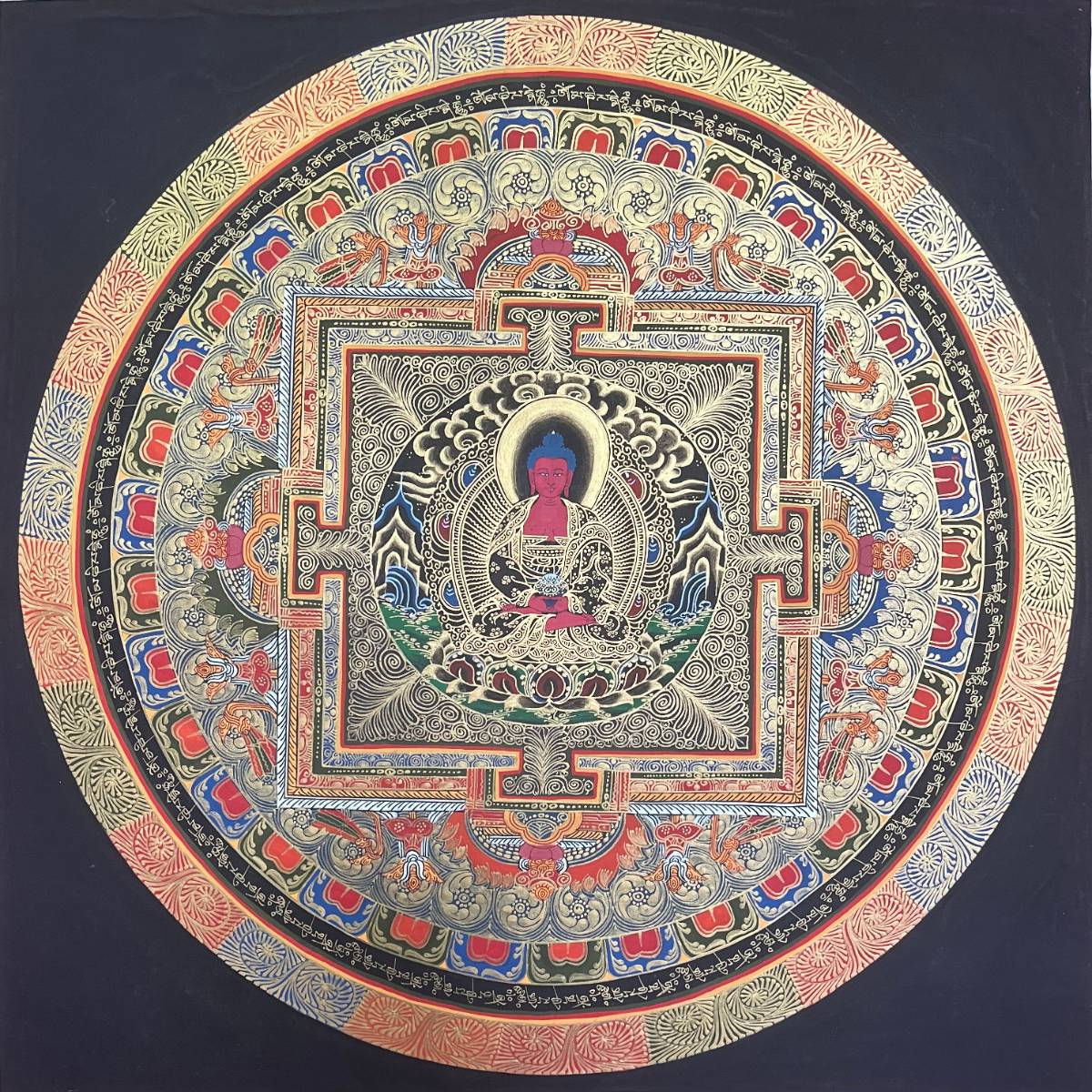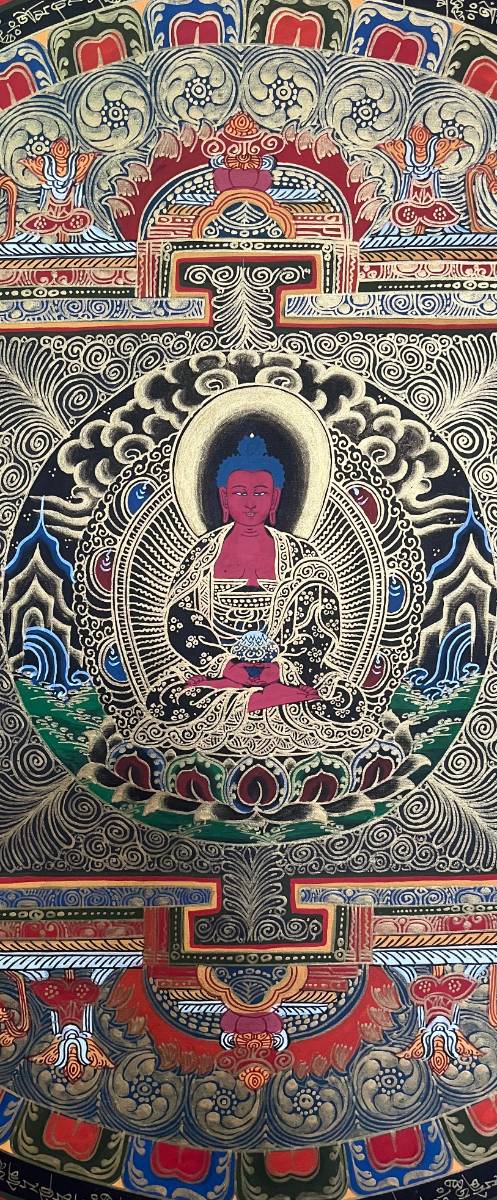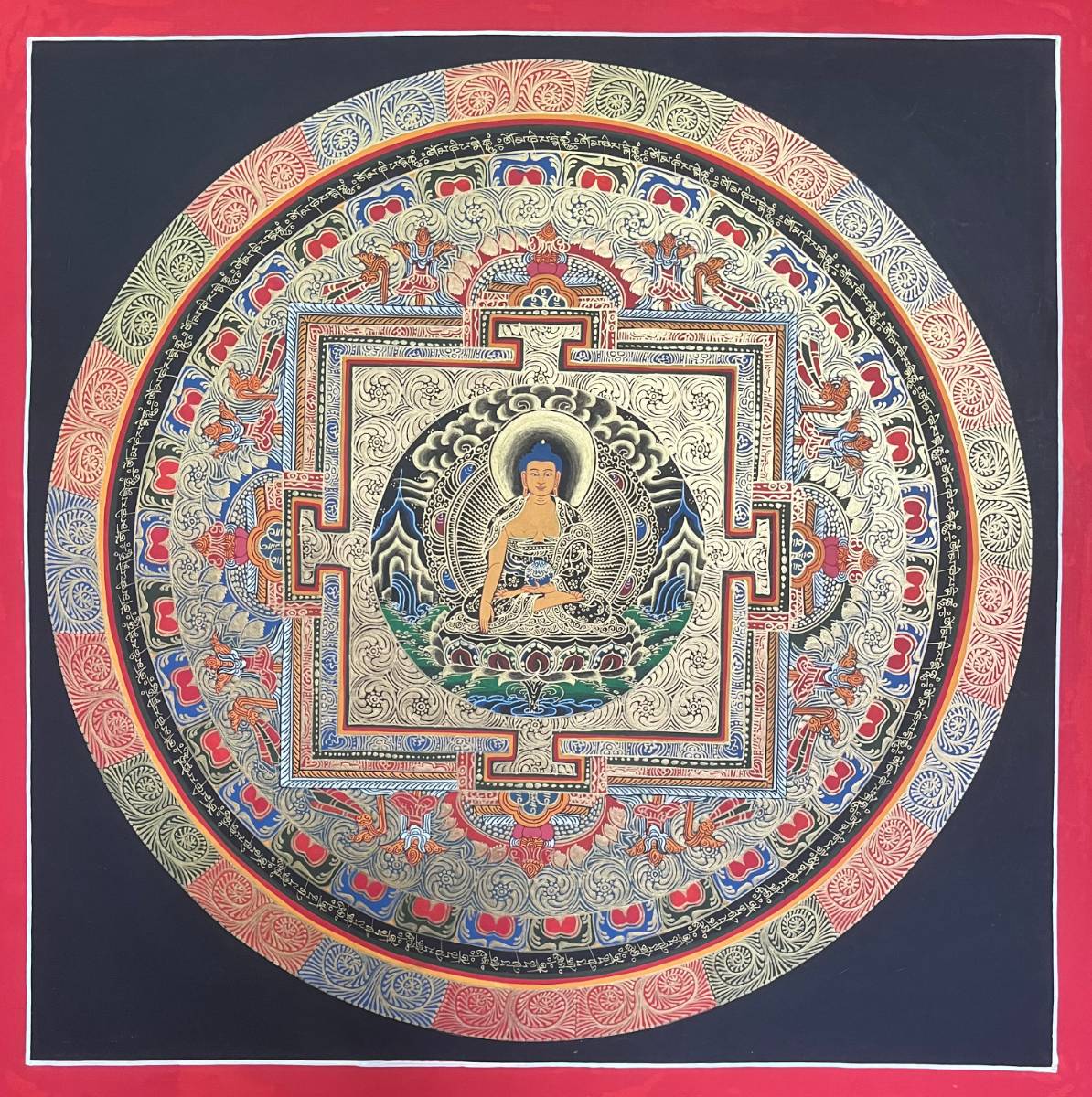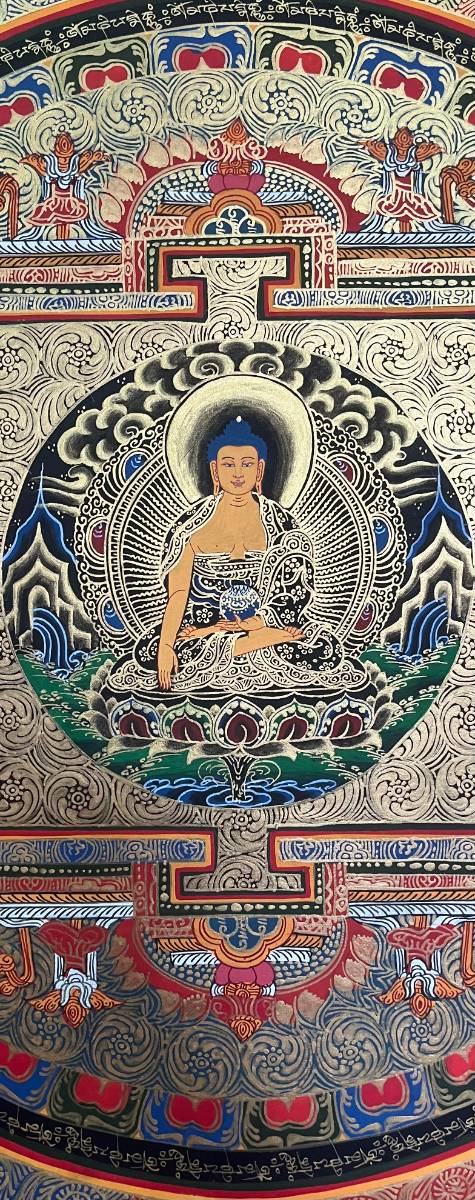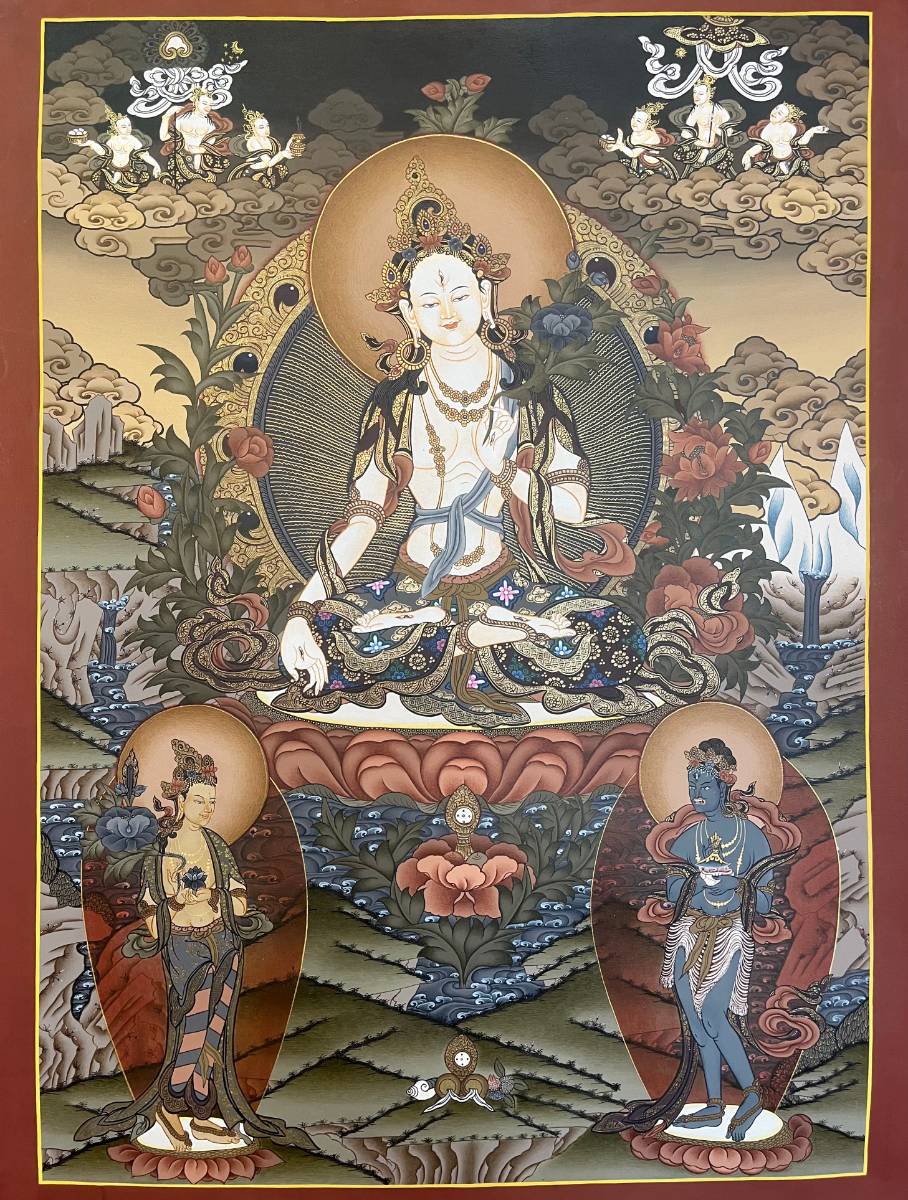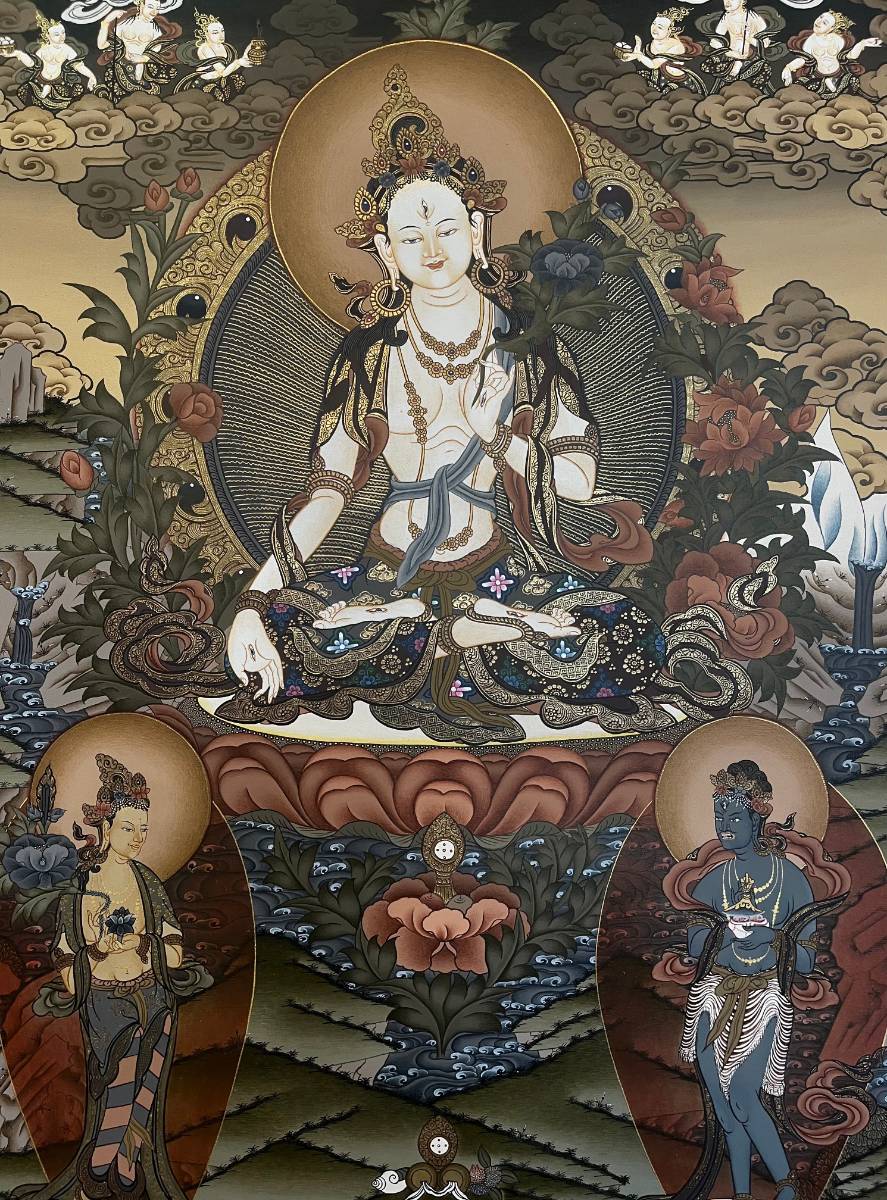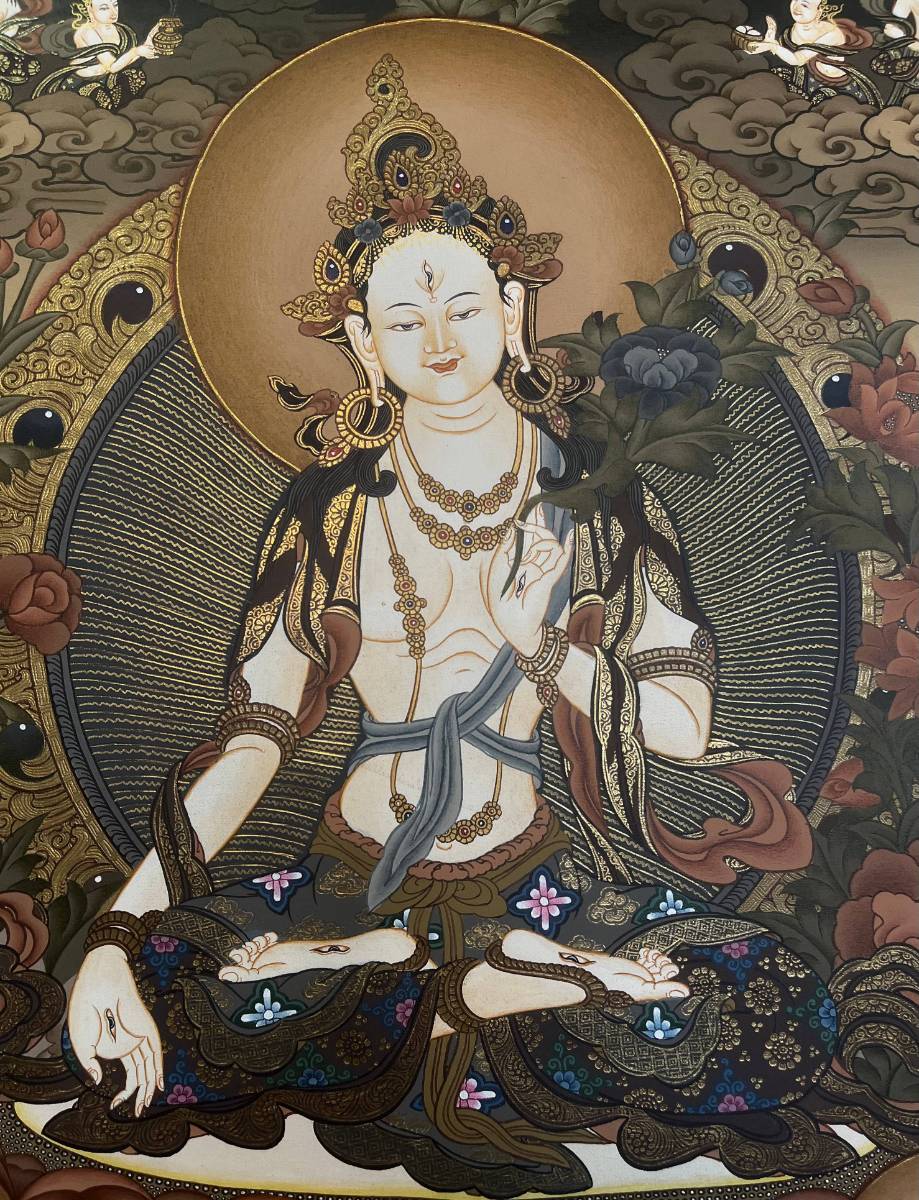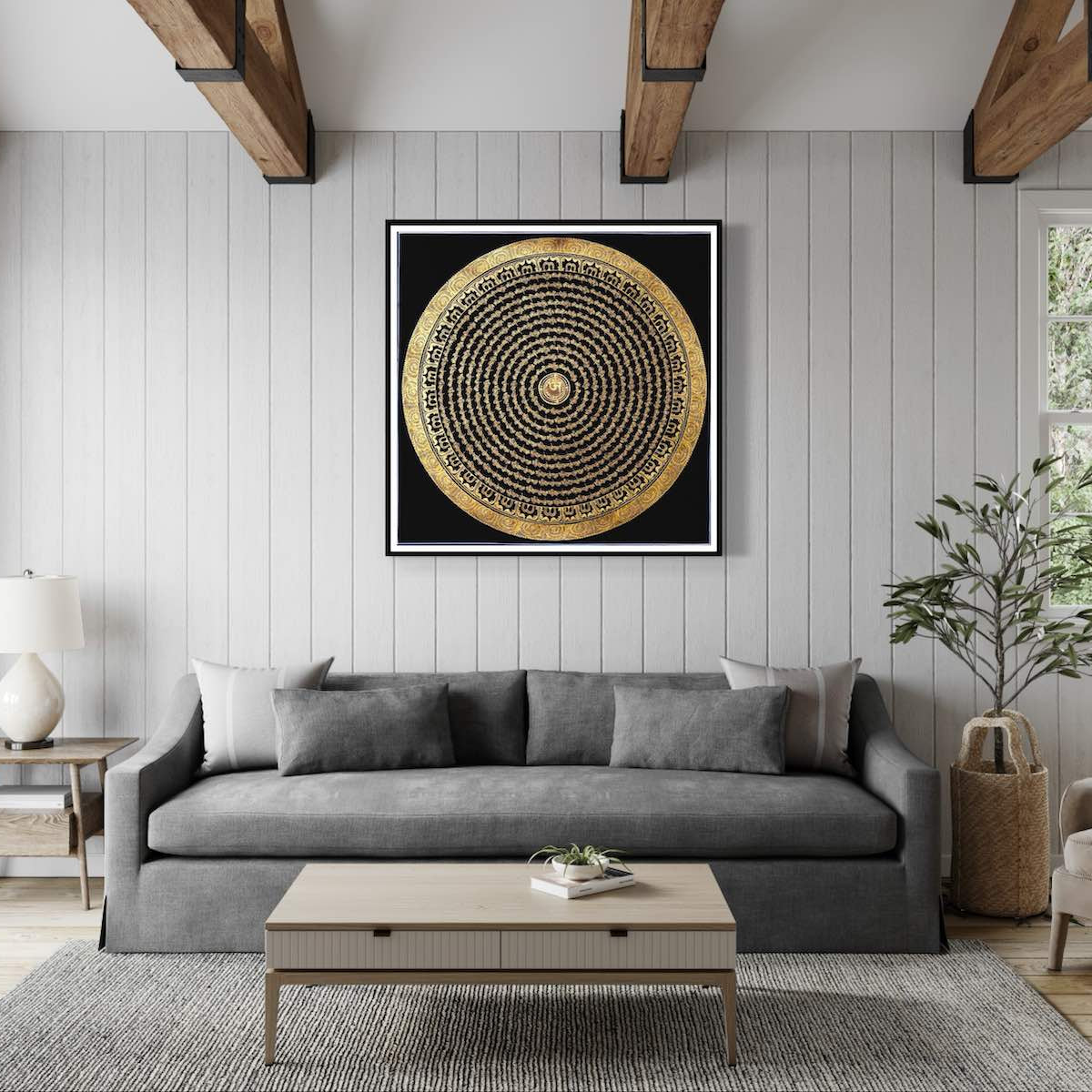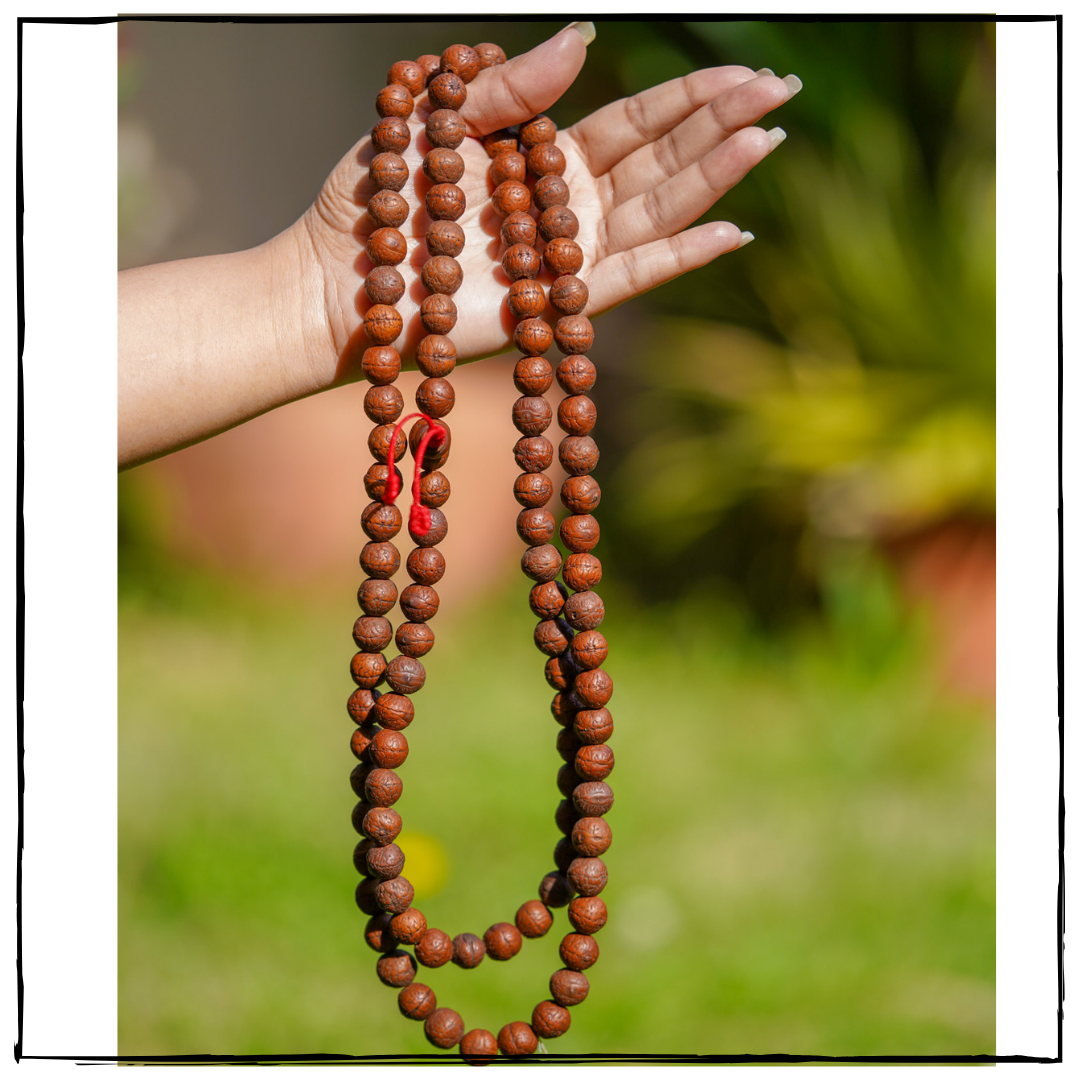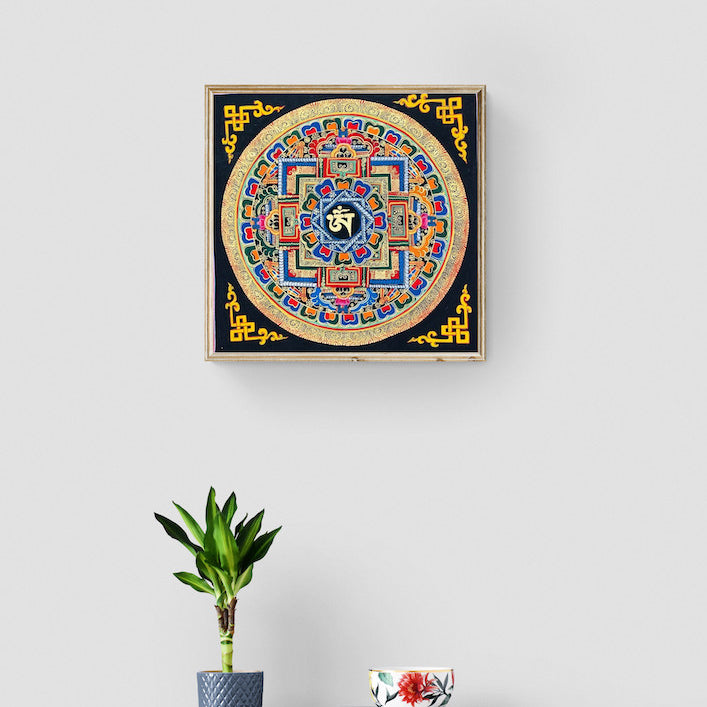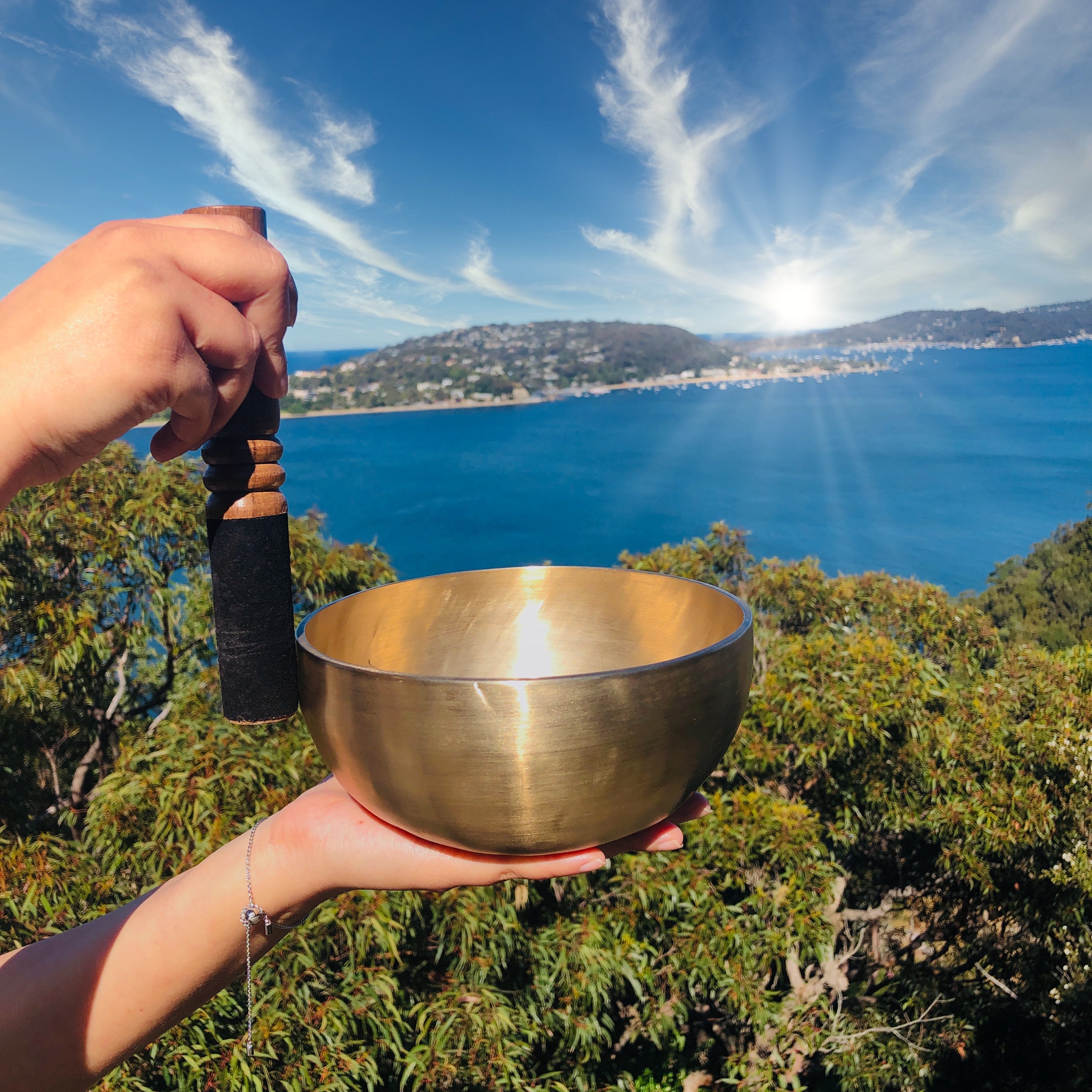Shakyamuni Buddha Thangka Painting
Description
A Shakyamuni Buddha Thangka is a vibrant and intricately detailed Tibetan Buddhist painting on cotton canvas, depicting the historical Buddha who founded Buddhism. It is a beautiful and meaningful piece of art that serves as a devotional object, meditation aid, and teaching tool for practitioners on their spiritual journey towards enlightenment.
Key Features:
- Central Figure: The central figure in Shakyamuni Buddha Thangka Painting is usually the Buddha, depicted in the Dhyana Mudra, or meditative pose. This is often accompanied by hand gestures, including the Bhumisparsha Mudra, representing reaching towards the earth.
- Lotus Throne:The Buddha is depicted seated on a lotus throne, symbolizing purity and enlightenment. The lotus flower, a common motif in Buddhist art, represents the journey towards beauty and purity by overcoming attachment and desire.
- Halo:This stunning Thangka depicts Shakyamuni Buddha with a radiant aura enveloping his head, representing his enlightened nature and transcendent wisdom.
- Detailed Ornamentation:The intricate patterns and symbolisms depicted on the Buddha's garments and surroundings showcase the artist's adeptness and deep spiritual commitment. Each element reflects impeccable artistry and a devout reverence.
Product Specification:
- Hand Painted
- Size: 75 cm x 52 cm
- Base: Cotton Canvas
- Origination: Nepal

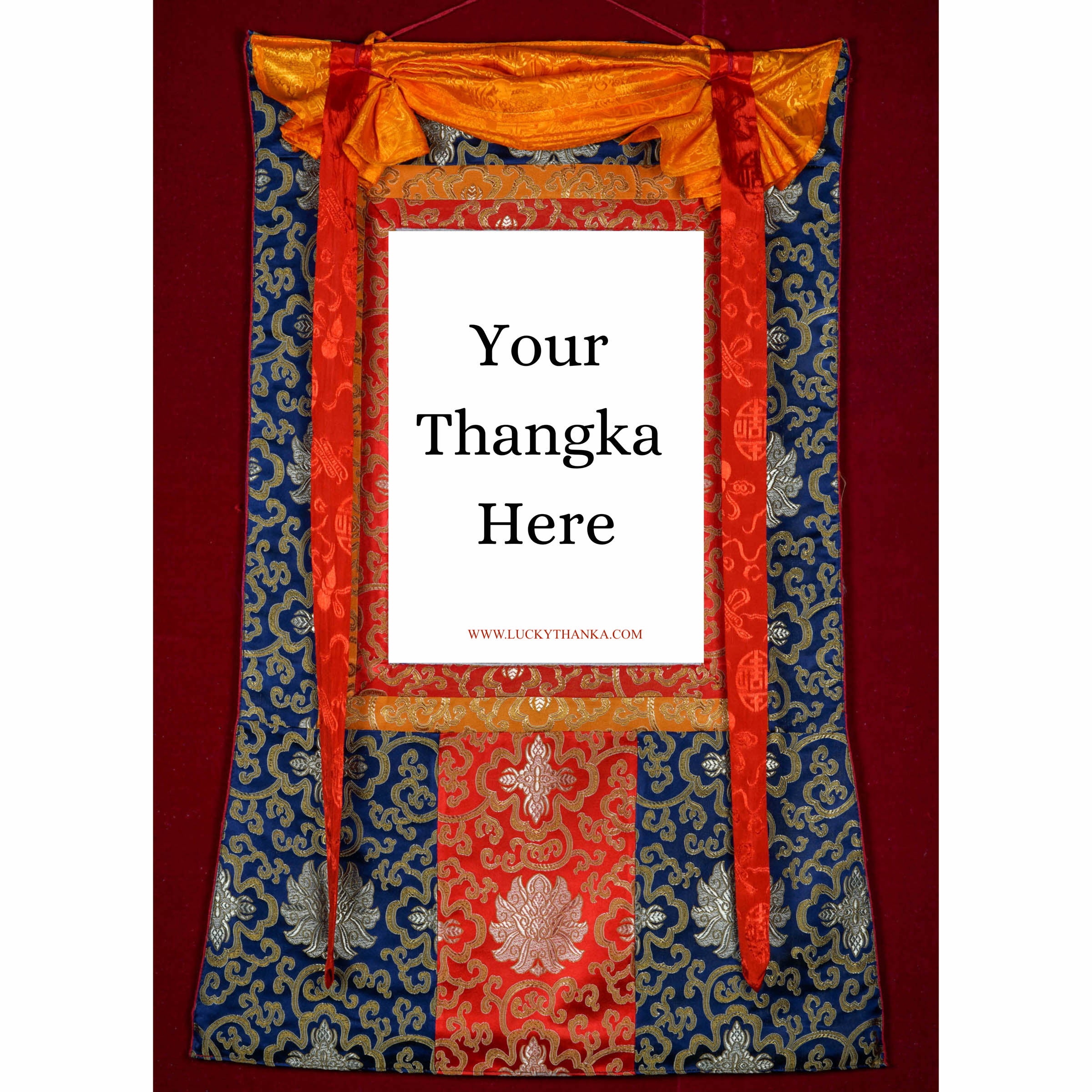
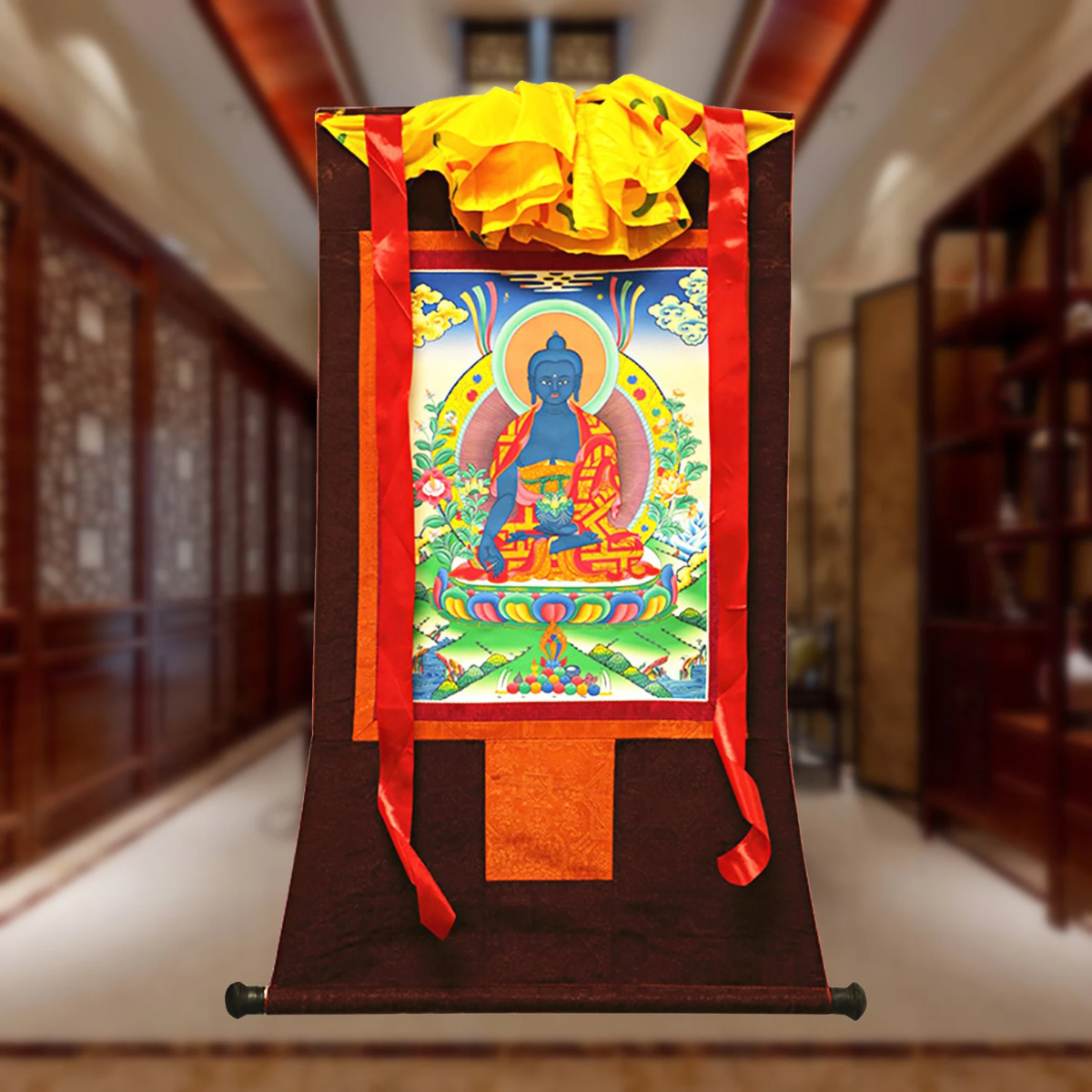
Hand Embroidery Brocade
Want to add a Brocade to your beautiful Thangka Painting? Traditional Style Brocade has been one of the most popular form of mounting as it has a greater religious merit.
Note: Make sure you have added the Thangka to your cart first.
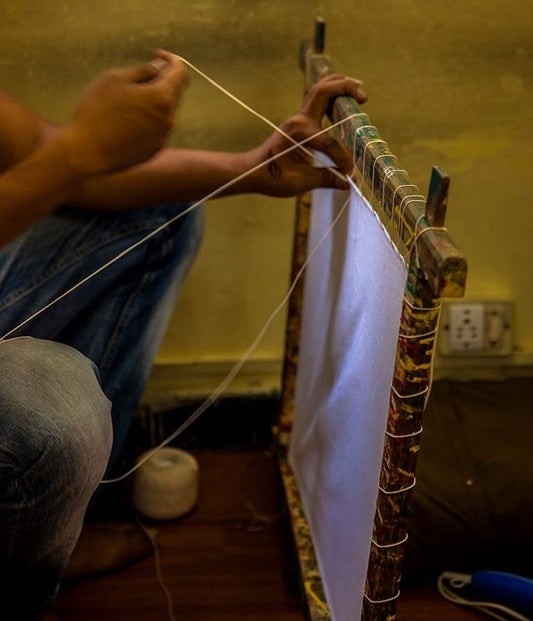
100% Cotton Canvas
Preparing the Cotton canvas before starting to paint a Thangka. This process includes washing, drying, stretching, sizing and everything needed to make a perfect base for the thangka to last for centuries.
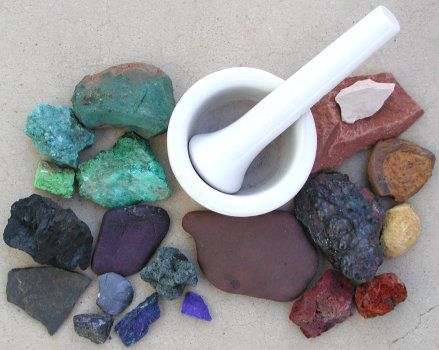
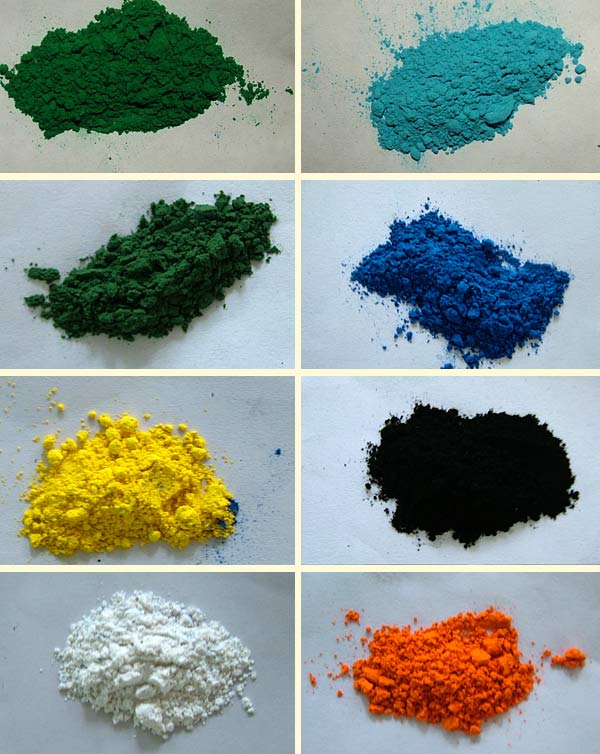
Natural Minerals
Thangka Paintings are painted using the natural minerals. These are firstly grind into the powder form and then used in the thangka as a paint.




